
6 Strategies to Build Customer Loyalty
September 2, 2025
How to Improve Your Website’s User Experience
September 2, 2025Every year, Google receives 2 trillion searches. Query/question-based searches account for 8% of all searches, or around 160 billion!
160 billion searches is a massive quantity, and it has the potential to greatly boost our SEO. Using query-based keywords in your content can benefit your website:
Boost your organic traffic and rankings.
Reduce the amount of time people spend on your website.
Increase conversions and engagement.
Obtain a highlighted snippet.
Query-based keyword optimization, on the other hand, necessitates meticulous execution and planning. You’ll learn EXACTLY how to achieve that in this piece.
What are query-based keywords, and how do you use them?
Long-tail keywords that indicate the user’s actual search intent include a high number of query-based keywords. Long-tail keywords are those that are more descriptive and conversational in nature. When a keyword phrase ends in a question mark (? ), Google considers it to be query-based keywords.
Aside from that, Google considers search keywords to be query-based if they start with words like:
- Who
- Why
- When
- Where
- Which
- What
- How
So, if you were to do a Google search for “how to make tea?” Here’s what you’ll discover:
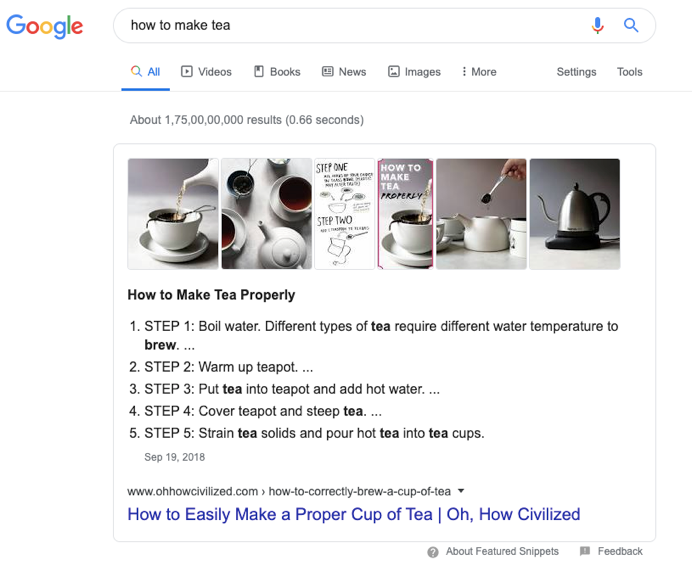
This is known as a highlighted snippet, and it appears most often for long-tail keywords, including query-based search terms. Furthermore, featured snippets earn more impressions and clicks than regular organic results, according to a study.
While query-based keywords can help with featured snippet optimization, there are a few other things you can do to make your site more prominent in the SERPs. You may learn about those methods and improve your chances of getting a featured snippet for your website.
Let’s go over the different types of query-based keywords and how to optimize for them now that we’ve covered the basics.
What are the types of query-based keywords?
A highlighted snippet is a type of search result that appears for long-tail keywords, including query-based search phrases. Furthermore, featured snippets get more impressions and clicks than regular organic results, according to a study.
While query-based keywords can help with featured snippet optimization, there are a few other things you can do to have your site rank higher in the SERPs. You may find out more about these methods and improve your chances of getting a featured snippet for your website.
Let’s go over the types of query-based keywords and how to optimize for them now that we’ve covered the fundamentals.
Type 1: Direct Answer Questions (DAQ)
Use phrases like ‘what’, ‘where’, ‘who’, ‘which’, ‘when’, and so on to do a Google search. You’ll also note that the search engine provides a direct response.
Google offers a direct answer in a single word with a brief description when you search for “What is the capital of Australia?” Google returns a direct answer in a single word with a quick description when you search for “What is the capital of Australia?”
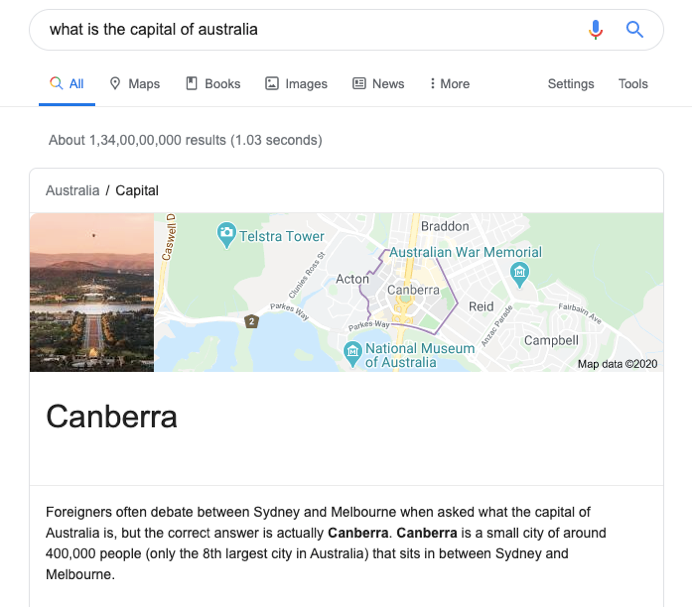
When you ask Google, “Where is Australia?” it pulls data from Google Maps and shows you the continent’s position.
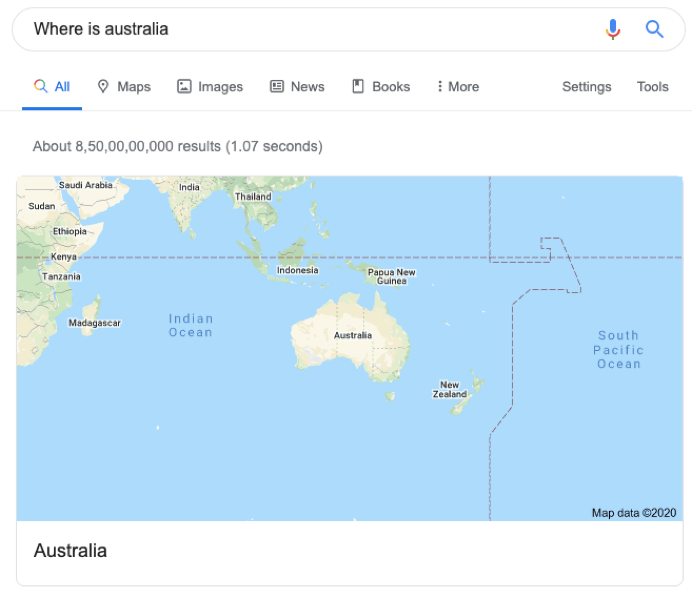
If you wish to discover more about a specific person, for example, ‘Who is Australia’s Prime Minister?’ These kind of results will display, along with information gleaned from sources like Wikipedia.
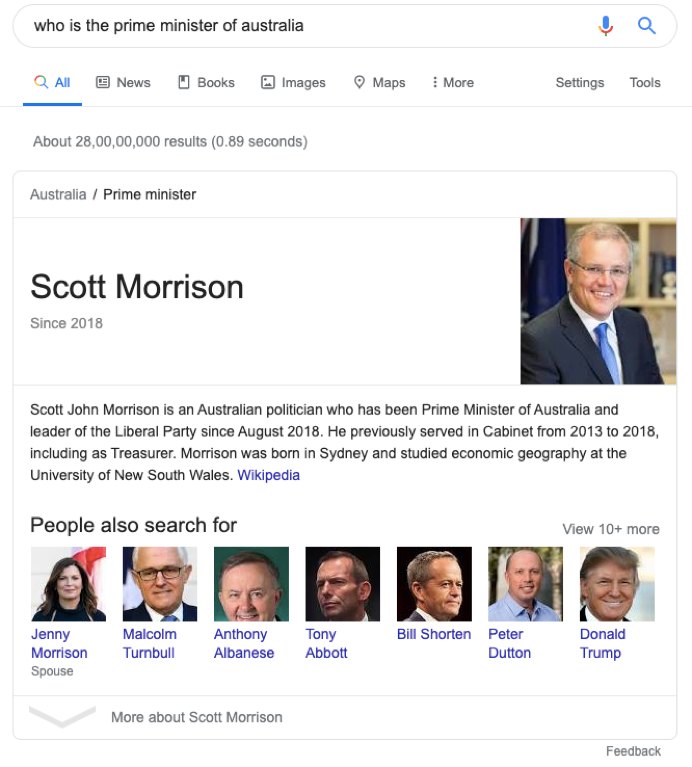
‘Which day is Australia Day?’ is a good question to ask while learning about a certain day. The following are the outcomes:
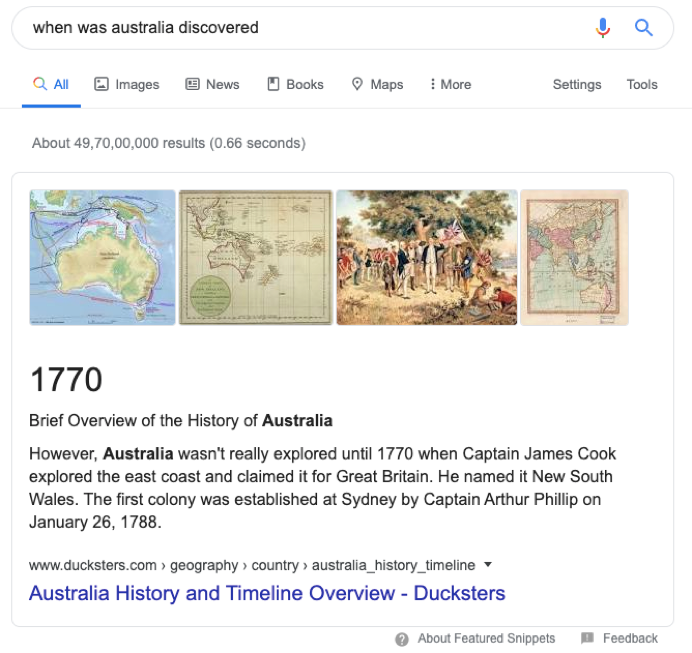
These are the various ways that straight responses show in SERPs. To provide you with the most correct answers, Google examines many Q&A websites such as Quora, AskReddit, and reputable sources such as Wikipedia, the CIA Factbook, and others. Furthermore, the search engine recognizes your need for a direct response. As a result, it only gives you that (with a little brief).
How can direct answer questions (DAQ) be optimized?
If you want your site to rank for straight replies, keep these tips in mind:
Begin by responding to the initial question. It’s preferable if you did it in the first sentence.
Stick to a routine. Write the question first, and then the answer. This will make it easier for Google to find your material. Also, include a link between the question and your response. Consider the following scenario:
What is the name of Australia’s prime minister?
Scott Morrison is the Prime Minister of Australia.
After you’ve answered the question, go into additional information about the issue.
Create thorough, high-quality content that is free of plagiarism and has a strong backlink profile.
Short Answer Questions (SAQ)
When you type in terms like “why,” “can,” “will,” and so on into Google, you’ll get a list of brief responses. They appear as follows:
‘What makes inflation so bad?’
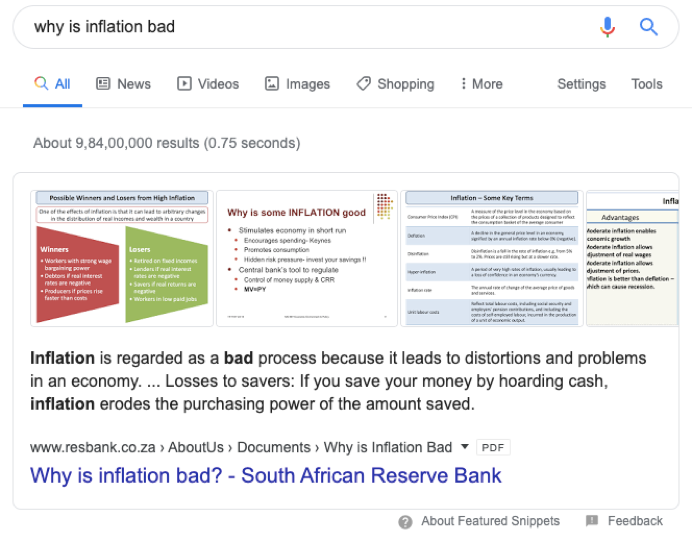
‘Can inflation and recession occur together?’
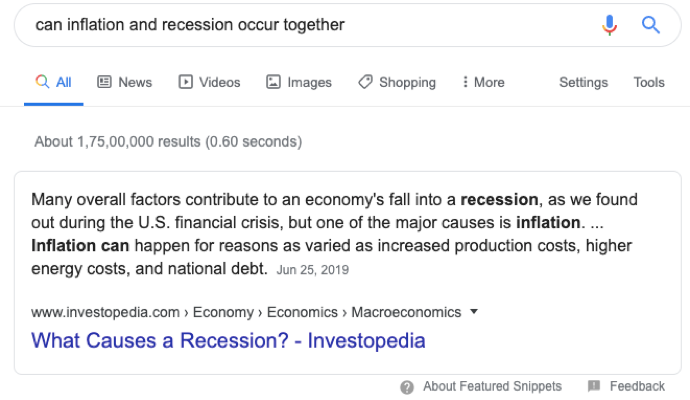
‘Will inflation go up in 2020?’
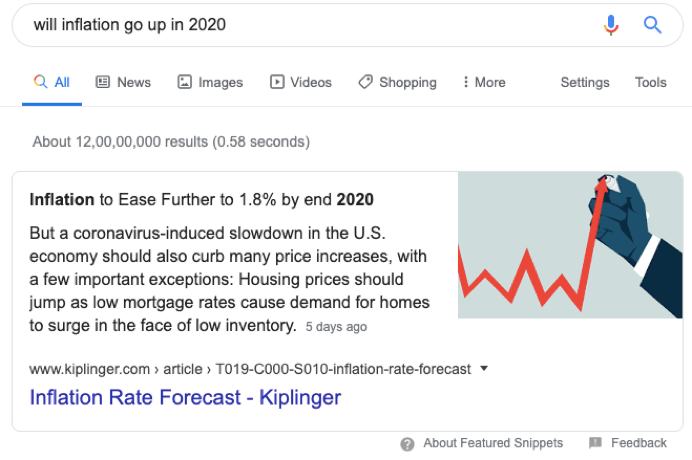
Google will give you the best possible answer to your question. Short response questions are thus named because these snippets address the question quickly.
How to optimize for short answer questions (SAQ)?
You must structure your material in a Q&A format to rank for short responses on your website. Choose a topic, formulate a question, and respond in such a way that it necessitates the formulation of a new inquiry. Consider how Resbank leads to the question, “Why is Inflation Bad?”
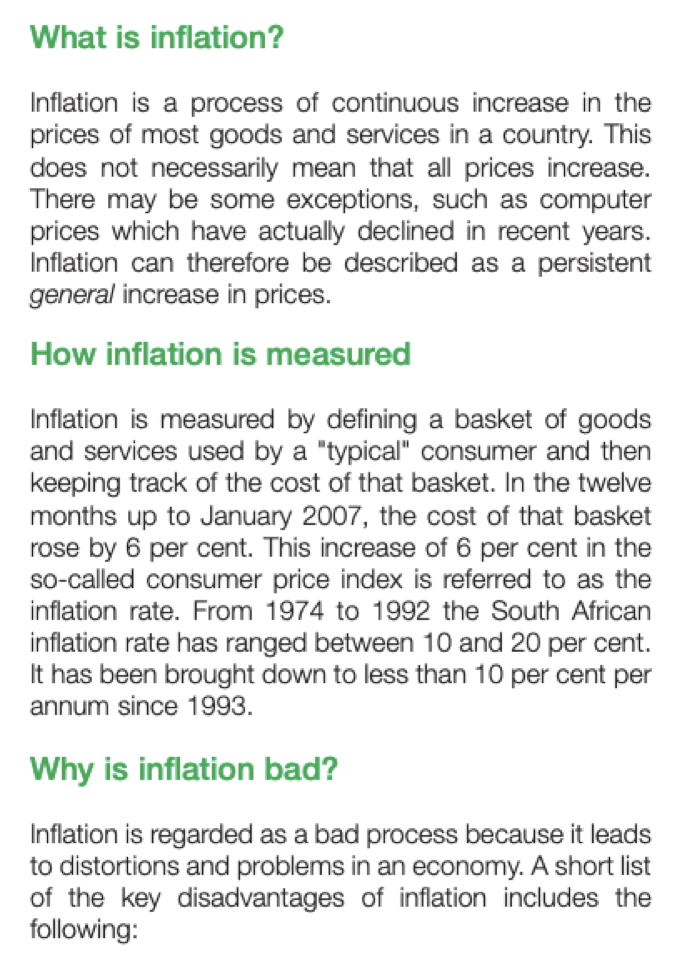
It starts by explaining what inflation is, then moves on to how it is measured, and ultimately asks, “Why is inflation bad?”
Also, for a better understanding, remember to provide full responses and explain complex concepts in a straightforward manner. Simpler wording and easy-to-read responses are recommended.
Questions with a Long Answer (LAQ)
The most common question that needs to be answered in depth begins with the word “how.” When you use the term how, Google understands that you want every big and tiny detail about the issue in question.
So, if you want to learn how to make tea, simply type ‘how to brew tea?’ into Google.
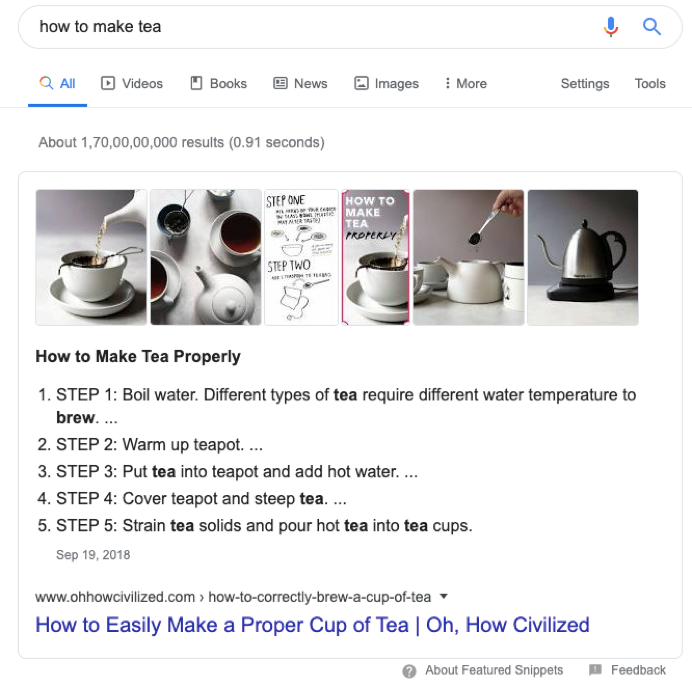
Generally, these are step-by-step guides that tell you EXACTLY how to proceed and do something.
How to optimize for long answer questions (LAQ)?
If you want your site to rank for long answer questions, use the following tactics to greatly improve your chances:
Make a YouTube video as well as content on a certain subject. YouTube videos appear in the SERPs for some ‘how-to’ terms. For example, if you search for “how to roller skate,” Google will return a YouTube video.
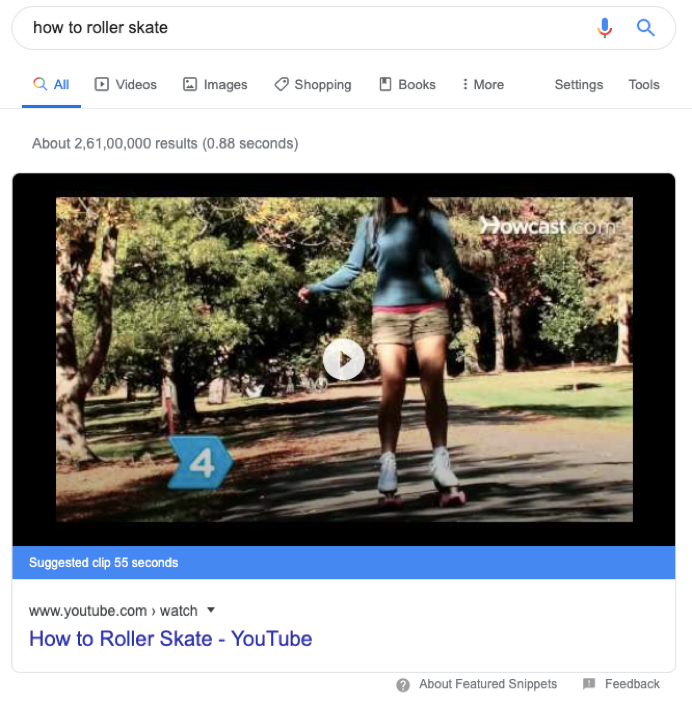
You should write an article and a video in this case and connect them together. This manner, both your content and the video will be discovered by Google, increasing your chances of ranking for long answer queries. Also, for a higher success rate, optimize your YouTube videos to rank on Google.
- You gain an advantage by breaking down your material into steps and arranging it with relevant header tags.
- Remember not to deviate from the topic and keep your content up to date.
- Use helpful graphics linked to the topic to break up the monotony of written information.
- Prioritize quality over quantity.
How to do query-based keyword research?
There are a plethora of free keyword research tools available online. The following are some of the most prominent query-based keyword research tools:
- AnswerThePublic
- QuestionDB
You may also use Google to conduct keyword research based on a query. Look up a question on Google, such as “What is inflation?” and pay attention to three sections:
- People also ask…
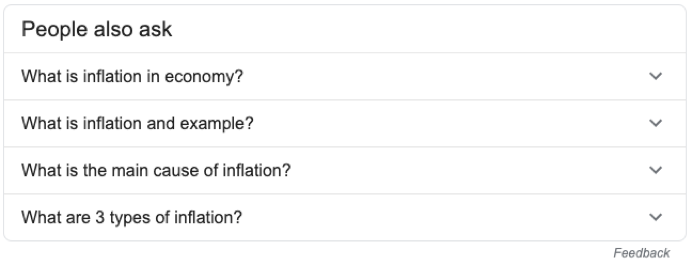
- Searches related to…
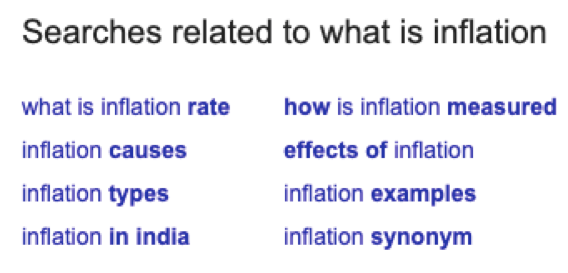
- Google Predictions
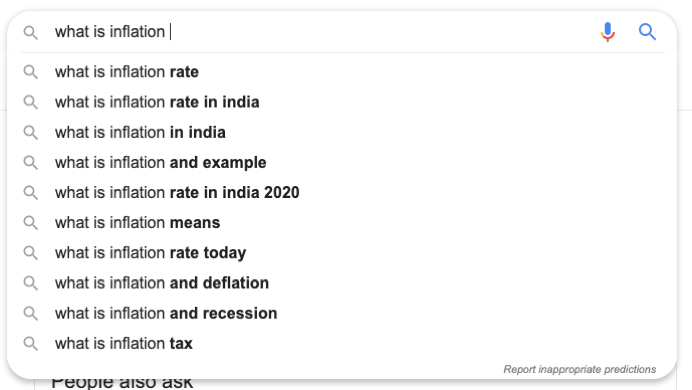
Conclusion
Optimizing for query-based keywords will help you boost your SEO, get highlighted snippets, outrank your competitors, and take control of the top SERP rankings. Your content will become a link magnet as a result of query-based keyword optimization. However, you must avoid using blackhat SEO strategies and instead concentrate on providing the audience with useful, valuable, and accurate information.


